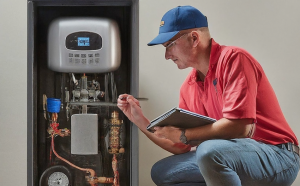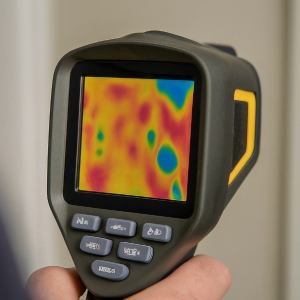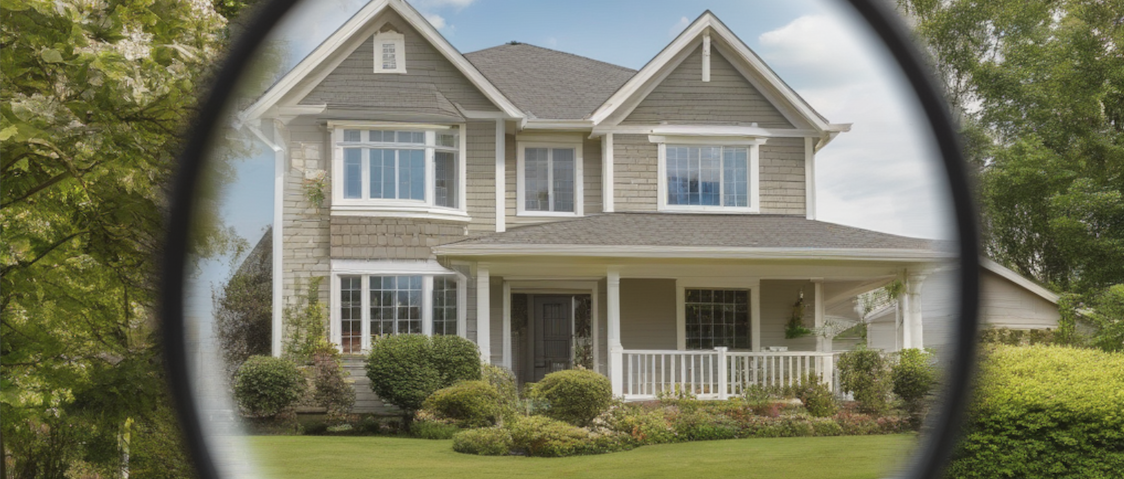Understanding Home Inspections: What Homeowners and Buyers Need to Know
Home inspections play a crucial role in the buying and selling process. Whether you are looking to purchase a property or preparing to sell, the purpose of a home inspection is to provide a clear picture of a property’s condition by focusing on the major systems and structures. These include the mechanical, electrical, and plumbing systems, as well as the roof and foundation. At the end of the inspection, you receive a detailed report that highlights any significant repairs that may be necessary, allowing you to make informed decisions about moving forward.

Mechanical Systems: Heating, cooling, and ventilation systems
Key Areas of Inspection
Home inspectors typically focus on the following major areas:
- Mechanical Systems: Heating, cooling, and ventilation systems
- Electrical Systems: Wiring, outlets, and fixtures
- Plumbing Systems: Pipes, fixtures, and water supply
- Roof: Condition, leaks, and potential damage
- Foundation: Structural integrity and signs of settlement
Why Home Inspections Matter
The main goal of a home inspection is to alert the homeowner or potential buyer to major problems that could result in costly repairs down the road. For homebuyers, this knowledge is critical in determining whether or not to proceed with a purchase. For homeowners, especially those conducting a pre-listing inspection, the information is equally important. It helps them understand which repairs should be completed before placing the home on the market, potentially increasing its value or speeding up the sale.
The Role of Government Licensing and Standards of Practice
In Canada, most provinces (except British Columbia and Alberta) do not require home inspectors to be licensed by the government. However, professional inspection firms adhere to strict standards of practice (SOP), which clearly outline what is included in their inspection services. It’s important for clients to review these standards upfront and communicate any areas of special concern before the inspection begins. Should any issues arise after the inspection, the SOP can help clarify whether something was missed or if it falls outside the scope of the inspection.

thermal imaging being used to check insulation or leaks.
The Inspection Process
- Pre-Inspection Meeting: Discuss your concerns and expectations with the inspector.
- Visual Inspection: The inspector will examine the property, looking for signs of damage or wear and tear.
- Operational Testing: The inspector will test systems like the heating, cooling, and plumbing to ensure they’re functioning properly.
- Report Generation: A detailed report will be provided outlining any issues found and recommendations for further inspection or repair.

A detailed report will be provided outlining any issues found and recommendations for further inspection or repair.
When Issues Arise After the Inspection
Even after a thorough home inspection, it’s possible that some problems might not be immediately apparent. This can happen for a variety of reasons:
Hidden or Intermittent Issues
There are certain problems that may only surface once you’ve actually moved into the property and lived there for some time. For instance, a heavy rainfall could reveal leaks in the roof or basement that weren’t evident during the few hours of the inspection. Some issues may be hidden by flooring, drywall, or even furniture that the inspector is not permitted to move.
Latent Defects
These are issues that could not have been detected during a standard inspection because they are hidden from view or not showing obvious signs. Latent defects may only be discovered over time or through invasive methods, such as removing drywall or flooring. In such cases, it’s unreasonable to expect the home inspector to have uncovered the problem without visible evidence.
Overlooked Minor Issues
The primary focus of a home inspection is to identify major problems that could affect the functionality and safety of the home. As a result, minor issues may not be emphasized. While opinions differ on what constitutes a “minor issue,” inspectors typically include these as a courtesy if they are discovered while looking for larger defects.
Understanding Contractor vs. Inspector Opinions
Sometimes, after a home inspection, homeowners will consult a contractor who may have a different opinion than the inspector. For example, a contractor may suggest a complete roof replacement, while the home inspector indicated that minor repairs would suffice for the time being. Contractors may also avoid making smaller repairs, preferring to replace entire systems like the roof. This may be due to the “last one in” theory, where the contractor doesn’t want to be held responsible for future issues if they were the last to work on it.
What To Do If Problems Arise
If you notice issues after moving in, revisit your home inspection report and any accompanying documents. Inspectors can miss minor problems while searching for bigger risks, but there might be clues in the report that help you understand what went wrong. Additionally, contacting your home inspector can provide clarity, and they may even offer guidance on how to resolve the issues.
Remember: A home inspection is a valuable tool for understanding the condition of a property. However, it’s not a guarantee of future performance. By being informed and aware of potential limitations, you can make more confident decisions about buying or selling a home.

Source:
Rick Mayuk
Rick Mayuk is a Regional Owner and Managing Director of A Buyer’s Choice Home Inspections.


 Facebook
Facebook
 X
X
 Pinterest
Pinterest
 Copy Link
Copy Link



